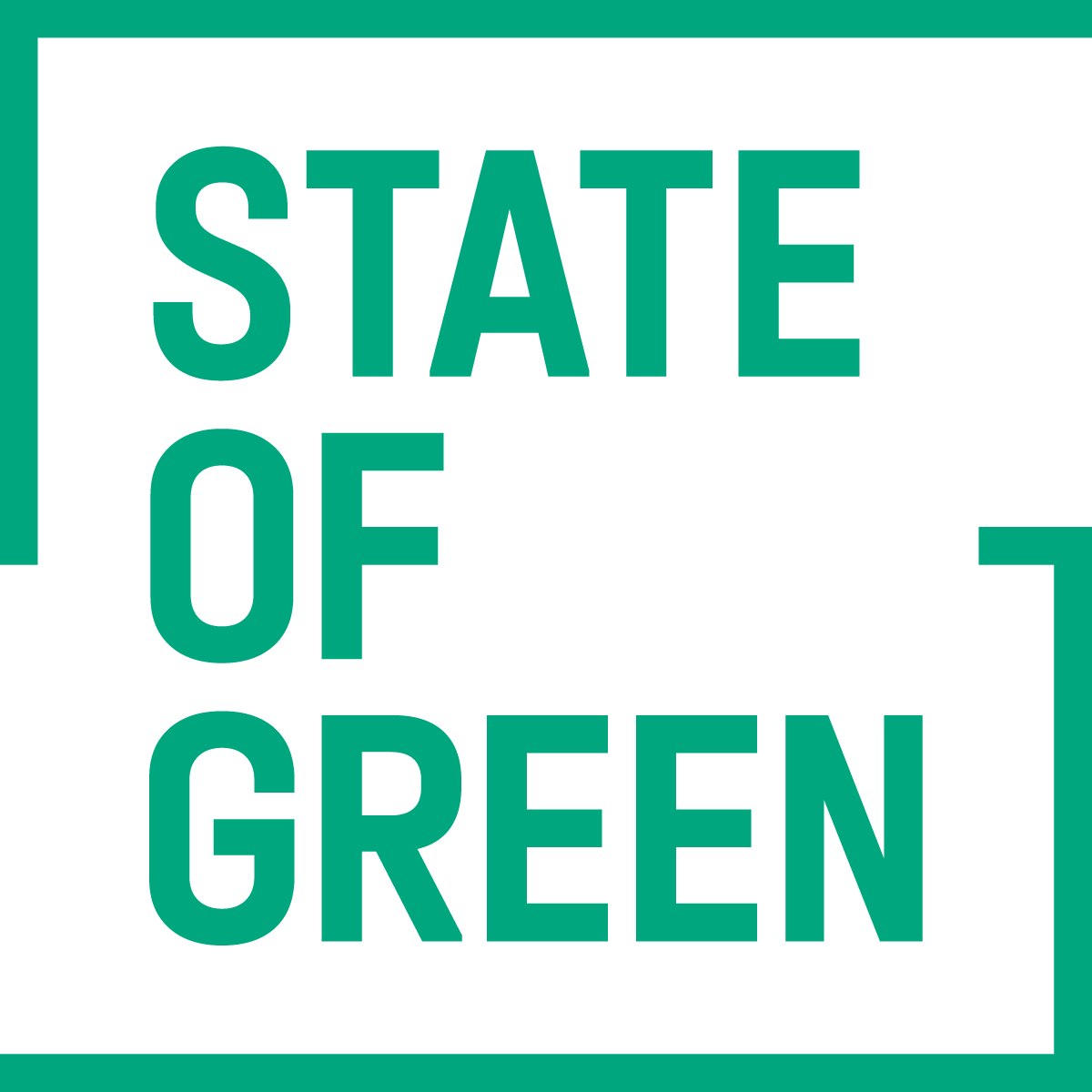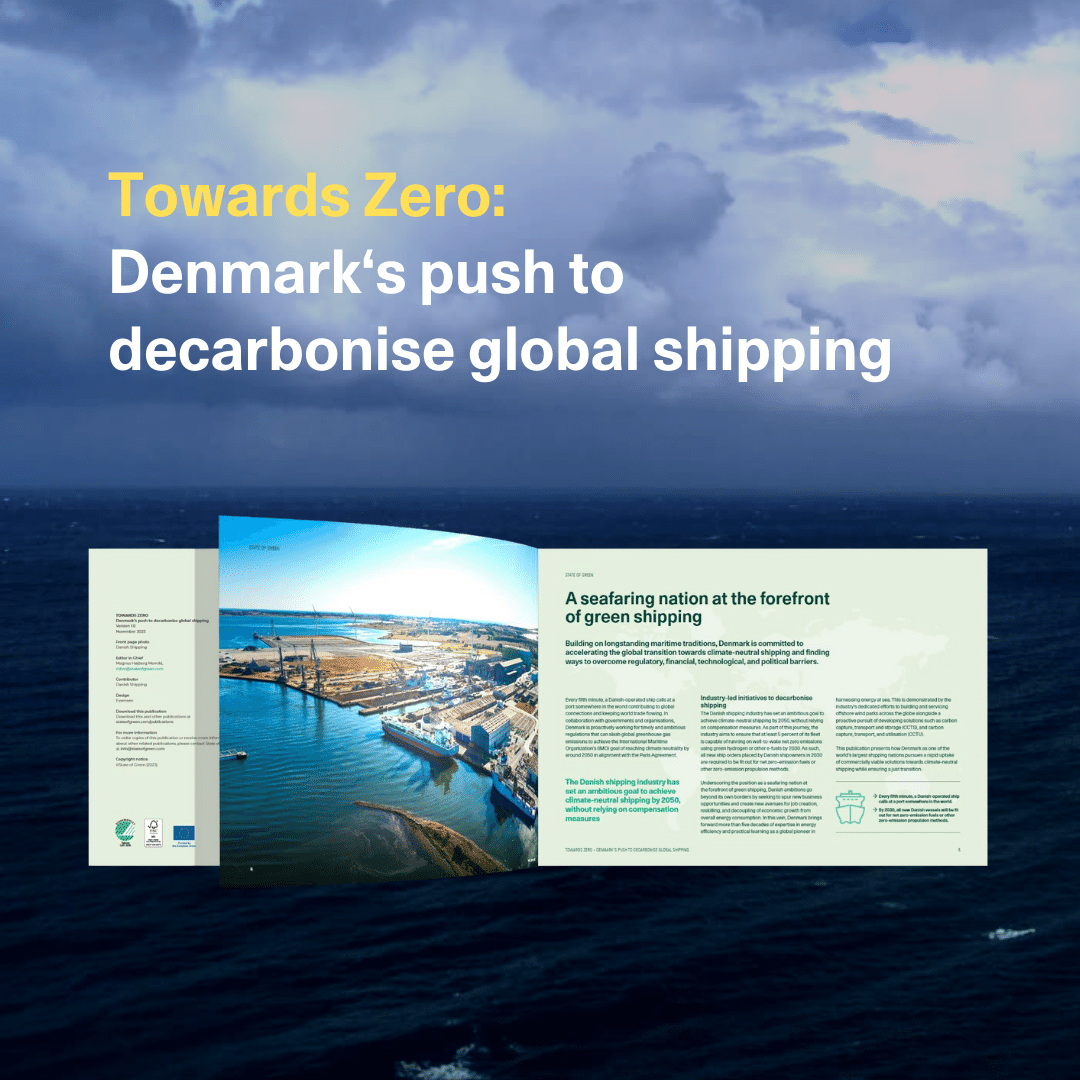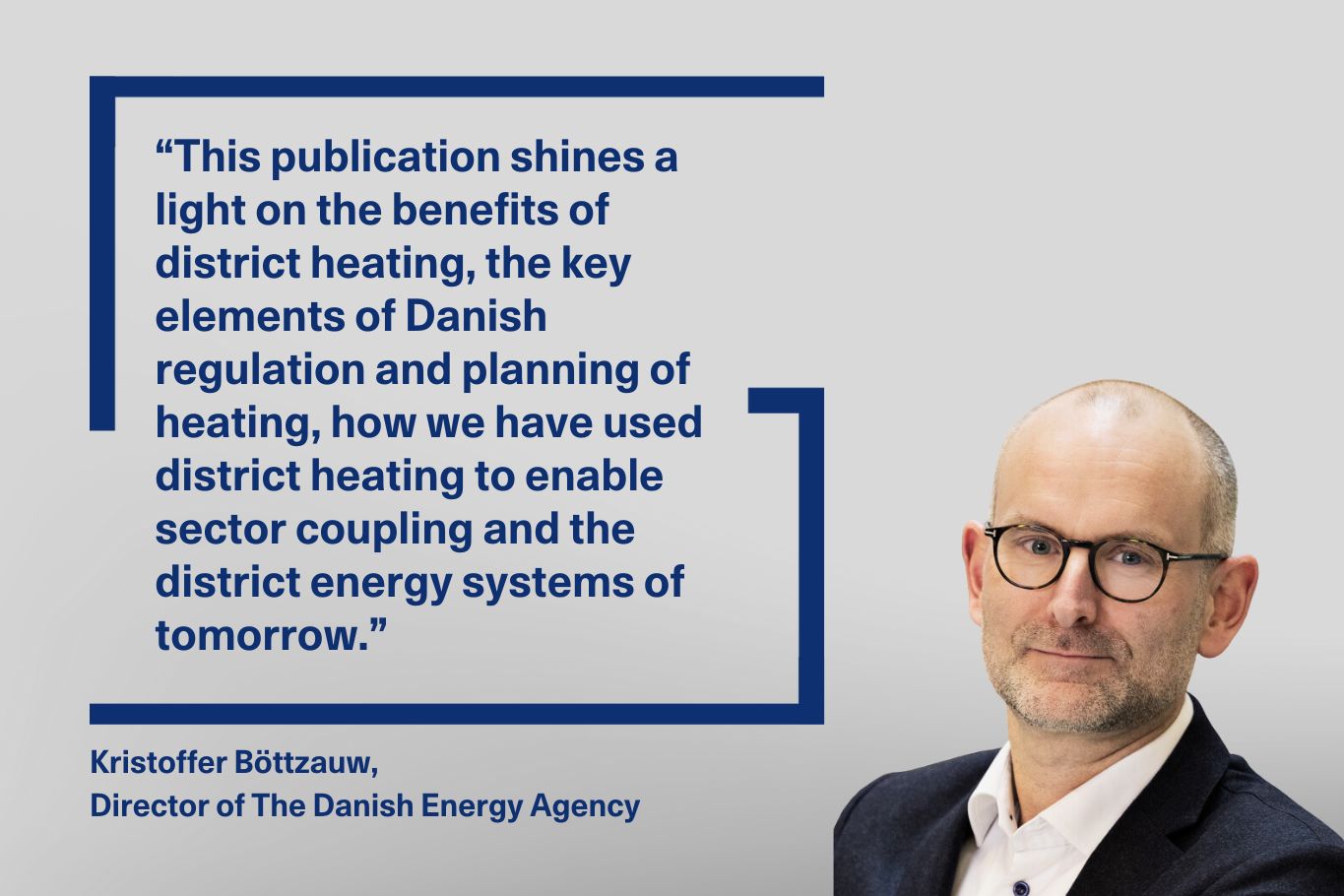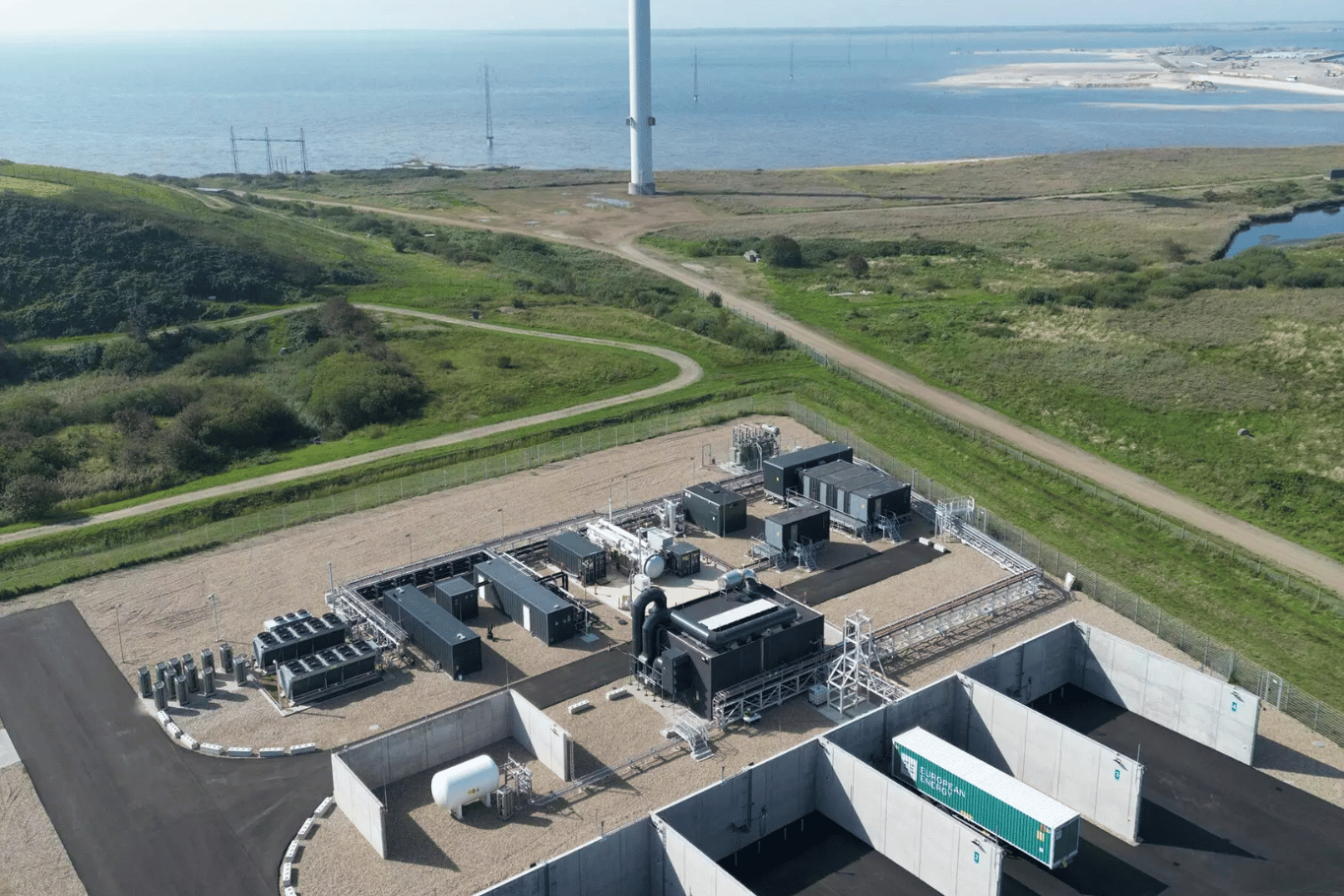The latest Climate Status and Projection shows that Denmark is on track to meet the 70 percent reduction target for 2030. CCUS is central to the Danish government’s 2030 plans, with research and innovation in CCUS technologies being pivotal for providing the necessary tools for the climate transition. This is highlighted in the newly published and comprehensive mapping of CCUS technologies in Denmark, “Direction 2050: The Danish CCUS Roadmap 2024.”
“CCUS Roadmap 2024 clearly shows that Danish research and innovation in CCUS have played, and will continue to play, a crucial role in Denmark meeting its ambitious climate goals, while our innovative solutions can inspire other countries to implement carbon capture, utilization, and storage to combat climate change,” Karina Marie Søgaard, Partnership Director, INNO-CCUS.
Despite Denmark being well on its way to the 2030 reduction target, the climate transition does not end there. The Danish government aims for negative emissions by 2050, and here, CCUS is a cornerstone. Although Danish research and innovation are among the world’s leading in CCUS, more is needed to realise the full potential of these technologies.
“We can conclude that the pace of Danish research and innovation must be maintained and intensified to reach the goal. There is a need for further research, faster technology maturation, and scaling up both technologies and collaboration forms across all aspects of CCUS if we are to hope to achieve the climate goals in 2050. We can benefit from developing and implementing new project models and collaboration forms in the coming years, focusing on technology development to provide the necessary tools for the climate transition, which also reduces costs and energy consumption,” Karina Marie Søgaard, Partnership Director, INNO-CCUS.
“Direction 2050: The Danish CCUS Roadmap 2024” is developed in collaboration with Rambøll and over 80 Danish stakeholders in the partnership behind INNO-CCUS. It provides a detailed status of the development, opportunities, and strategic paths that Denmark should pursue to realise the potential of CCUS technologies for the benefit of the climate transition.
“Danish research in some of the CCUS technologies, such as capture and storage from point sources, is so advanced that it drives research and innovation across the entire CCUS field and can soon deliver significant results in terms of reductions. Other technologies have not yet reached the same maturity, and here it may be more appropriate to investigate how innovative technology developments from abroad can best be integrated into Denmark. ‘Direction 2050: The Danish CCUS Roadmap 2024’ sheds light on this,” Karina Marie Søgaard, Partnership Director, INNO-CCUS.









